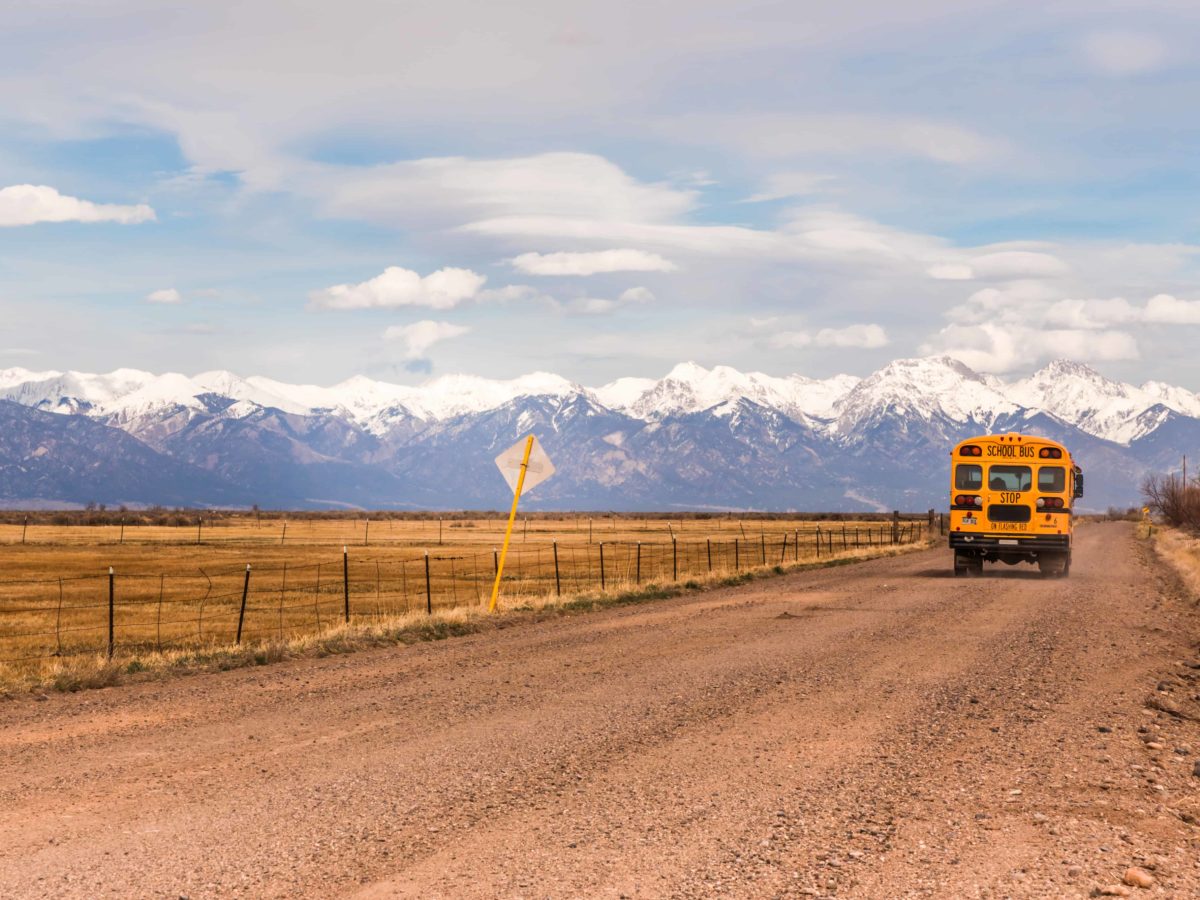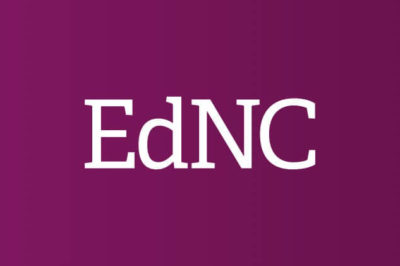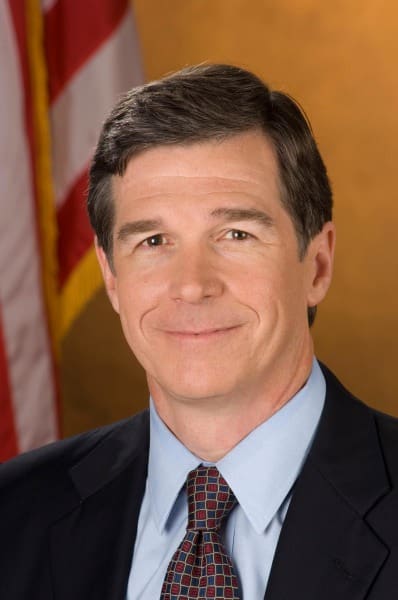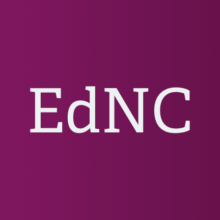
Senate Bill 607, the Taxpayer Protection Act, passed the N.C. Senate on August 12, 2015, and it has been referred to the finance committee in the N.C. House. As EdNC’s Alex Granados reported, if passed by the House, signed by the governor, and adopted by voters in a referendum, North Carolina would become only the second state after Colorado to adopt the Taxpayer Bill of Rights, also known as TABOR.
Today, a study by the Colorado Futures Center at Colorado State University and published by the Lincoln Institute of Land Policy was released finding that more than 80 percent of Coloradans pay more in school property taxes than they would if voters had never enacted the Taxpayer Bill of Rights.
According to a post by Tiana Nelson, the Denver communications specialist at Colorado State University:
Tax and expenditure limits enacted as part of the 1992 TABOR voter initiative have led to inconsistent and unequal property tax burdens in Colorado, with state taxpayers increasingly subsidizing a handful of often-wealthy school districts, according to the research.
“Since the early 1990s, Colorado has enacted layers of reform in pursuit of two conflicting goals – lower property taxes and well-funded public schools,” said Phyllis Resnick, lead economist for the Colorado Futures Center at CSU and lead author of the Lincoln Institute working paper, Measuring the Impact of Tax and Expenditure Limits on Public School Finance in Colorado. “The result is greater inequality and inconsistency, and surprisingly, a greater tax burden for most Coloradans.”
Resnick and co-authors Charles Brown and Deborah Godshall analyzed the impacts of reforms intended to reduce property tax burdens and control spending for public education. Using a mathematical simulation, they also modeled what tax burdens would be without two property tax related provisions of the Taxpayer Bill of Rights, a 1992 state constitutional amendment that limited taxes and spending for all units of government and barred tax rate increases without voter approval.
“Most people think of TABOR as a tax and expenditure limit and the reason they get to vote on tax increases,” Charles Brown, Director of the Center for Colorado’s Economic Future at CSU, added. “While this may be true, most people don’t realize that TABOR is comprised of several different limits and other provisions that most people don’t know about. Our study examines how two of these lesser known limits affect the distributions of property tax burdens and state aid for Colorado’s 178 school districts.”
Highlights of the research include:
- Taxpayers in 74 school districts – representing 81 percent of the state’s population – now pay more in school property taxes than they would if the Taxpayer Bill of Rights were never enacted.
- In most districts where property taxes have decreased, a greater share of school costs are now paid out of the state’s general fund.
- Among the 21 school districts with the lowest school property taxes, residential taxpayers have enjoyed property tax reductions from 59 percent to 97 percent since 1993, and nine are in the top quartile for household income in the state.
- Disparities in school funding among districts have increased with the more frequent use of override levies, particularly in school districts that have benefited from lower base property taxes subsidized by greater state aid.
“As these results show, Colorado’s experience should serve as a cautionary tale for other states as they consider enacting tax and expenditure limitations,” Resnick said. “In many cases, Colorado’s property tax limits relied on simple formulas that failed to take into account the complex factors affecting school district financing, such as changing local economic conditions and volatile school enrollment. As a result, these limits have served mostly to redistribute – rather than reduce – Coloradans’ tax burden.”
Here is the research summary:
Here is the working paper:
Here is a Q&A with staff at the Colorado Futures Center at Colorado State University on measuring the impact of tax and expenditure limits on public school finance in Colorado.
About the Lincoln Institute of Land Policy
The Lincoln Institute of Land Policy is a resource on key issues concerning the use, regulation, and taxation of land. Providing education and research, the Lincoln Institute strives to improve public dialogue and decisions about land policy.
About the Colorado Futures Center
The Colorado Futures Center at Colorado State University provides research and analysis of public policies impacting Colorado’s future and quality of life. The Center delivers independent, nonpartisan, and academically grounded input on a broad range of issues related to the economic health of the state of Colorado.
Recommended reading



